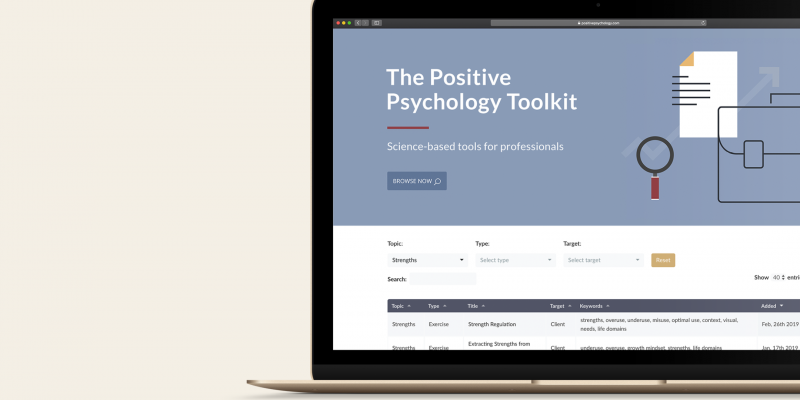Empathy is a crucial social and emotional skill that allows individuals to understand and share the feelings of others. It is essential for building strong relationships, resolving conflicts, and fostering a positive and supportive community. Empathy activities and worksheets are valuable tools for helping students and adults develop this important skill.
Here are 40 empathy activities and worksheets that educators and mental health professionals can use to cultivate empathy in students and adults:
1. Mindful Listening: Encourage participants to practice active listening without interruption or judgment, focusing on the speaker’s words and emotions.
2. Perspective-taking: Ask participants to put themselves in someone else’s shoes and consider how they might feel in a given situation.
3. Empathy cards: Provide participants with a set of empathy cards featuring different scenarios and emotions, and ask them to identify and discuss their feelings.
4. Empathy walk: Have participants go on a walk in pairs and share their thoughts and feelings with each other.
5. Empathy journal: Encourage participants to keep a journal of their daily interactions and reflect on how they showed empathy or could have shown more empathy.
6. Role-playing: Allow participants to act out different scenarios where they must demonstrate empathy towards others.
7. Emotional check-in: Start each session with a brief emotional check-in where participants share how they are feeling and listen to others’ emotions.
8. Empathy map: Have participants create an empathy map to visualize and understand the thoughts, feelings, and needs of others.
9. Empathy interview: Pair participants up and have them interview each other to learn more about their backgrounds, experiences, and emotions.
10. Empathy bingo: Create a bingo game featuring empathy-related actions or scenarios, and challenge participants to complete a line or full card.
11. Empathy skits: Divide participants into groups and ask them to create short skits that showcase empathy in action.
12. Empathy sculpture: Provide participants with art supplies and ask them to create a sculpture that represents empathy.
13. Empathy board game: Develop a board game that teaches players about empathy and challenges them to demonstrate empathy in different situations.
14. Empathy reflection: Ask participants to reflect on a time when they received empathy from someone else and share how it made them feel.
15. Empathy playlist: Have participants create a playlist of songs that evoke empathy and discuss the emotions they feel while listening to them.
16. Empathy book club: Choose a book that explores themes of empathy and host a book club discussion to delve deeper into the topic.
17. Empathy circle: Form a circle with participants and pass around a talking stick, allowing each person to share their thoughts and feelings on empathy.
18. Empathy art project: Assign participants an art project that requires them to visually represent empathy in a creative way.
19. Empathy scavenger hunt: Create a scavenger hunt with clues that lead participants to different empathy-related activities or resources.
20. Empathy discussion group: Facilitate a group discussion on empathy, with participants sharing their perspectives and experiences on the topic.
21. Empathy role models: Have participants research and present on historical figures or public figures who have demonstrated empathy in their actions.
22. Empathy reflection cards: Provide participants with reflection cards featuring prompts to help them think critically about empathy and its importance.
23. Empathy letter: Ask participants to write a letter to someone in their life expressing empathy and understanding for a difficult situation they may be facing.
24. Empathy video analysis: Show participants a video clip that depicts empathy in action and discuss the emotions and behaviors displayed.
25. Empathy visualization: Lead participants through a guided visualization exercise that helps them imagine themselves in another person’s shoes and experience their emotions.
26. Empathy empathy web: Create a visual empathy web with participants, connecting different emotions and experiences to show how empathy can bridge gaps between people.
27. Empathy word search: Develop a word search puzzle featuring empathy-related words and ask participants to find and define each term.
28. Empathy quiz: Create a quiz with questions about empathy and its role in relationships, communication, and conflict resolution.
29. Empathy storytime: Read a story or watch a short film with participants that highlights empathy and its impact on characters’ lives.
30. Empathy discussion prompts: Provide participants with a list of discussion prompts related to empathy, and encourage them to share their thoughts and feelings on each topic.
31. Empathy journal prompts: Offer participants journal prompts that challenge them to explore their own experiences with empathy and identify areas for growth.
32. Empathy coloring pages: Provide participants with empathy-themed coloring pages to engage their creativity and promote mindfulness while reflecting on the concept of empathy.
33. Empathy letter writing: Have participants write a letter to themselves from the perspective of someone who has shown them empathy and offer words of kindness and encouragement.
34. Empathy self-assessment: Use a self-assessment tool to help participants identify their strengths and weaknesses in practicing empathy and develop a plan for improvement.
35. Empathy gratitude exercise: Ask participants to reflect on the people in their lives who have shown them empathy and express gratitude for their support and understanding.
36. Empathy visualization exercise: Guide participants through a visualization exercise where they imagine themselves as a compassionate and empathetic person, interacting with others in a positive and caring way.
37. Empathy guided meditation: Lead participants through a guided meditation that focuses on cultivating feelings of empathy and compassion towards themselves and others.
38. Empathy affirmation cards: Provide participants with a set of affirmation cards that promote self-compassion and empathy towards others, encouraging them to repeat the affirmations daily.
39. Empathy group activity: Engage participants in a group activity that challenges them to work together to solve a problem using empathy and understanding of each other’s perspectives.
40. Empathy reflection circle: End each session with a reflection circle where participants share one thing they learned about empathy and how they plan to apply it in their daily lives.
In conclusion, empathy activities and worksheets are powerful tools for helping students and adults develop the important skill of empathy. By incorporating these activities into educational and therapeutic settings, educators and mental health professionals can foster a culture of empathy, compassion, and understanding in their communities. With practice and reflection, individuals can strengthen their empathy skills and build stronger, more meaningful relationships with others.



